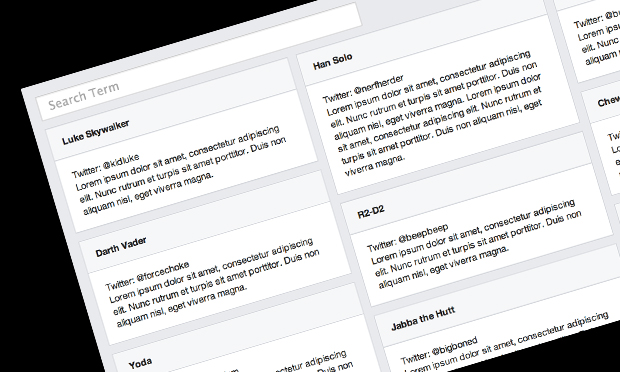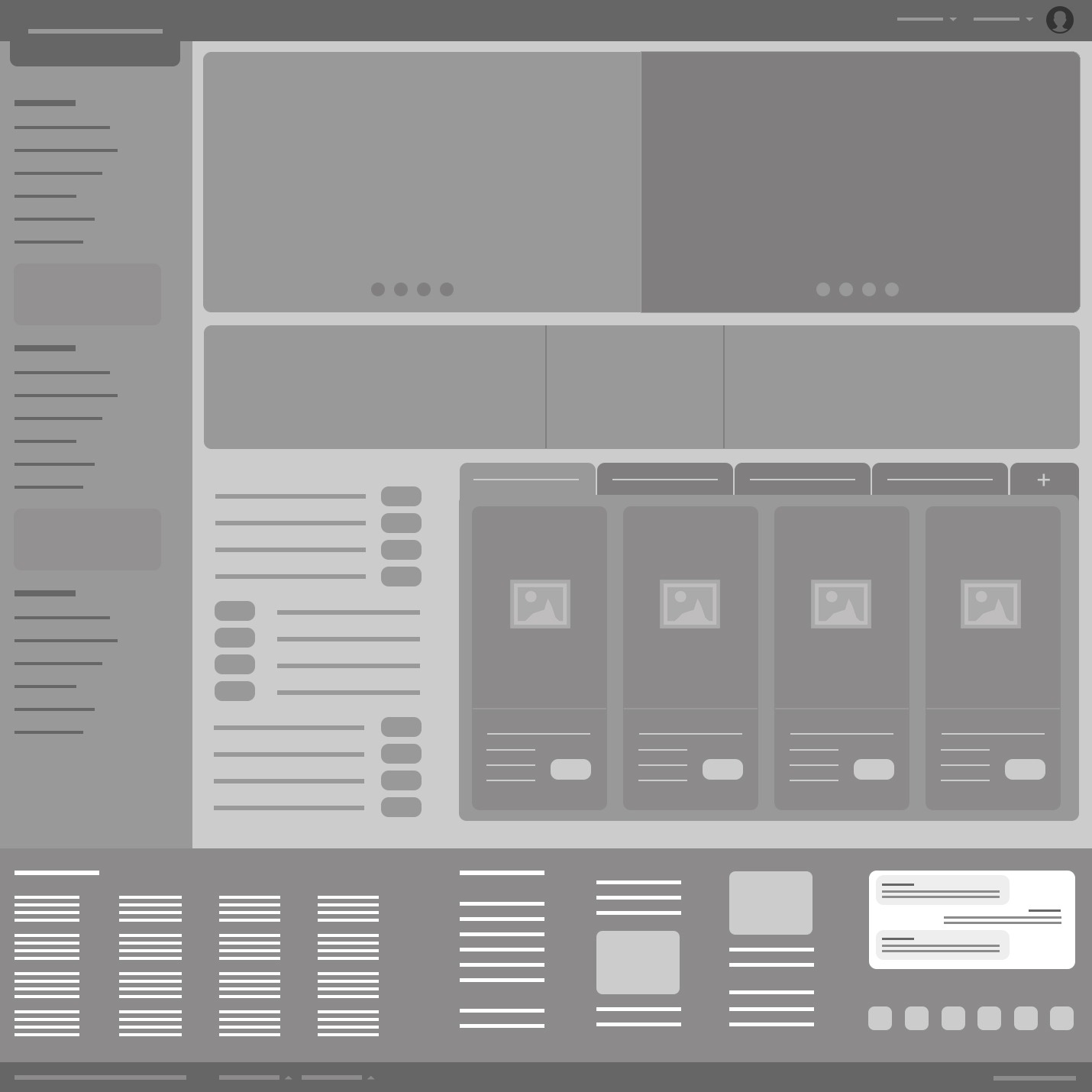In the last couple of years, a common issue in UI/UX development has popped up because of the introduction of so many smartphones and tablets that have flooded the market….

Adaptive vs Responsive Design
In the last couple of years, a common issue in UI/UX development has popped up because of the introduction of so many smartphones and tablets that have flooded the market. It is really important to understand the distinction between the terms “responsive” and “adaptive” when it comes to development.
What is a mobile experience?
A mobile experience is defined as any non-desktop device experience of web applications. This consists of any tablet or smartphone or other handheld device.
What is adaptive development?
Adaptive development is adding code to make an existing site functional on a tablet. The existing design “adapts” to fit the width of the device. Adaptive development does not adjust content or manipulate the environment a great deal. Increasing font sizes or photo sizes are examples of adaptive development. This should be a temporary solution to retro fit sites that were built without responsive capabilities. Adaptive development is not the correct approach to handle existing mobile requirements (tablet and smartphone) but may solve immediate issues.
What is responsive development?
Responsive development is the process of developing a code base that can scale and expand itself to fill any mobile experience requirement. There are many frameworks that can help to accomplish this task. Usually, a site will have to be refactored to facilitate this type of development if it was not considered during requirements. Adding responsive capability is cost effective on any project. it should be a part of every projects plan, even if a client does not request it. The implementation of the code is quick and easy and any page structure can support it.
Adding a mobile experience is easy, defining that experience so that it is specific to audience and has a specific use case is a bit more difficult.
Another aspect to responsive development is to consider whether its just making the site mobile ready or actually defining a mobile experience specific to the device. This is really where the costs can add up. Adding a mobile experience is easy, defining that experience so that it is specific to audience and has a specific use case is a bit more difficult.
Alignment
Understanding the difference between adaptive and responsive is important both internally and externally. Expectations are set incorrectly if people are misinformed on what that means. Expectations are directly related to perception. Alignment is key for efficiency and success.




